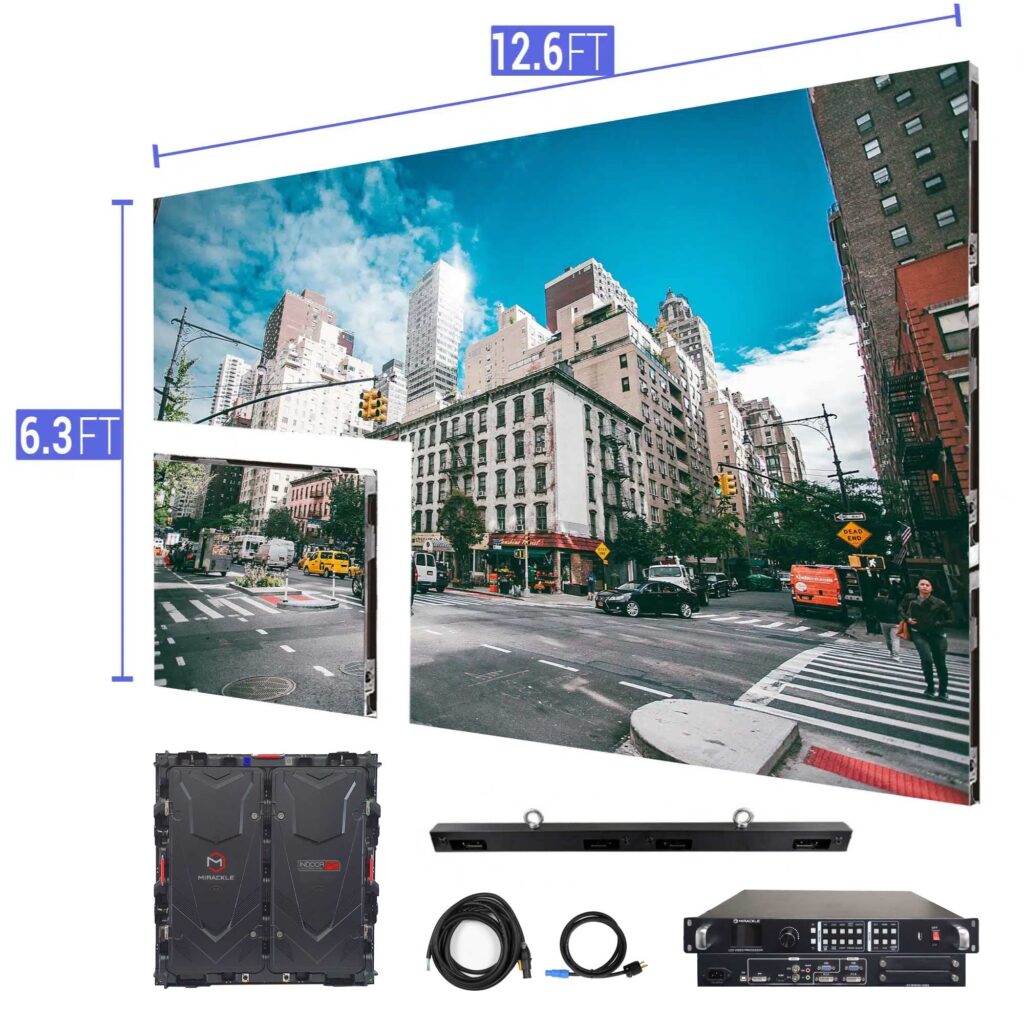Examining the Essential Factors That Influence Luminance in Light Emitting Diode Wall Panels
Examining the Essential Factors That Influence Luminance in Light Emitting Diode Wall Panels
Blog Article
LED panel screens are progressively favored for both advertising and entertainment due to their bright and vivid images. Grasping the factors that influence the brightness of these screens is crucial for producers and consumers alike. Brightness is typically gauged in candelas, which shows how much light is produced from the area of the screen. Numerous key elements affect to the overall luminosity, including the kind of LED used, the quality of the panel materials, and the power provided to the panel.
The type of Light Emitting Diode component used in a panel screen plays a significant role in its luminosity. Various LEDs produce differing levels of light output, which gauge the amount of light visible to the mortal eye. High-quality chips, such as those made using sophisticated technology, can produce more luminous light with greater effectiveness. Furthermore, the color tone of the Light Emitting Diode also influences perceived luminosity. For instance, cooler hue temperatures (higher K values) can seem brighter than hotter ones, even at the identical lumen level. This characteristic is vital for applications where visibility is crucial, such as in outdoor promotion.
The materials used in the building of LED wall screens also influence their luminosity. The kind of substrate and coating materials can influence how much light is conducted versus how much is absorbed or dispersed. For example, a panel made with premium optical glass will allow more illumination to pass through than one made with inferior materials. Additionally, the configuration of the original site panel, including its depth and the layout of the Light Emitting Diodes, can enhance or reduce brightness by influencing how light is distributed across the screen.
The power supply provided to the Light Emitting Diode wall screens is another key factor in determining luminosity. Each LED component has a particular voltage and electric flow need for ideal functioning. If the power source falls short, the brightness of the screen will diminish. Conversely, supplying too much energy can lead to excessive heat and decreased lifespan of the Light Emitting Diodes. Therefore, maintaining a consistent and adequate energy supply is essential for achieving uniform luminosity levels. This is particularly vital in dynamic screens, web link where luminosity may need to be adjusted for varied lighting conditions.
Finally, surrounding factors can influence how brightness is viewed. Ambient light conditions play a major role in how bright an LED panel panel looks. In bright sunlight, for example, a screen with a lower brightness rating may have difficulty to be visible clearly, while a higher-brightness screen can stand out more effectively. Additionally, the perspective from which the panel is observed can affect luminosity appearance due to how illumination bounces off surfaces. Understanding these elements helps consumers select the appropriate LED panel panel for their requirements and guarantees that producers produce products that meet brightness expectations for different applications.